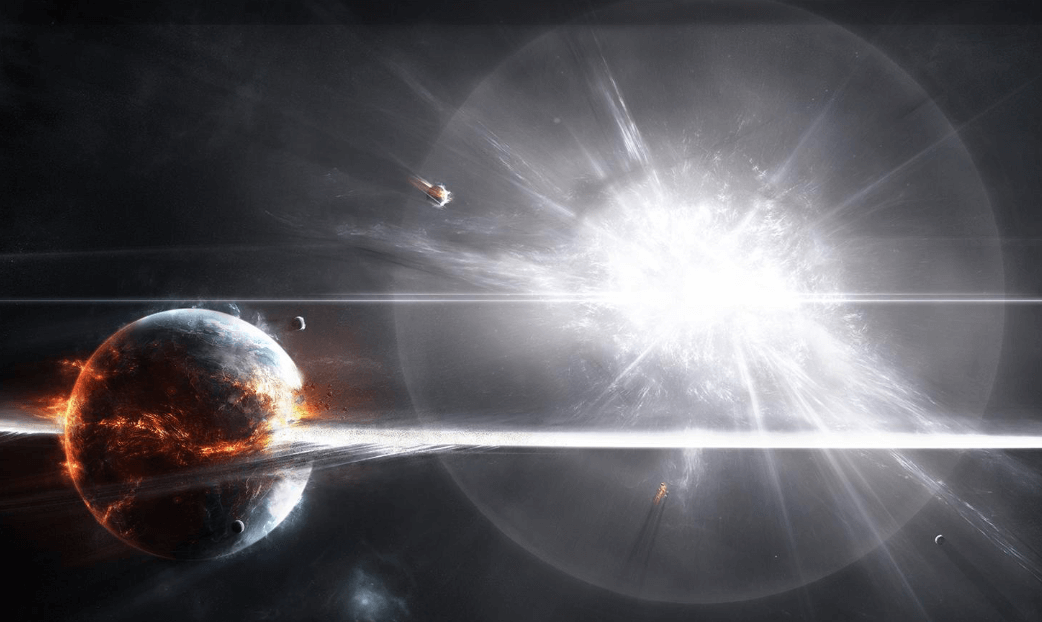A new study has confirmed that most of the antimatter in the Milky Way has quite possibly come from the remnants of dead stars clashing. This is exciting news in the world of physics and could put an end to the 40-year-old antimatter mystery. Like most things in this world, antimatter has an opposite, and that is matter. If a gram of antimatter were to annihilate a gram of matter, it would release a significant amount of energy in the process.
When positrons are annihilated, they give off certain gamma-rays. This kind of rays was first detected by scientists over 40 years ago. We now know that they’re emitted from all over the galaxy. This tells us that positrons are being annihilated in the Milky Way every second. The strange thing is that most of the positrons that had been detected were found in the galaxy’s central bulge opposed to where they thought they’d be in the outer disk.
Of course, these positrons could have been could have come from stars’ radioactive material but, for a long time, researchers have been unable to prove any star that could produce such large amounts of antimatter. So, does that mean positrons originated from an exotic source such as a supermassive black hole or by dark matter particles annihilating each other?
Roland Crocker is the lead author of the new study and a particle astrophysicist at the Australian National University in Canberra. He says, “The origin of these positrons is a 40-year-old mystery in astrophysics. You don’t need anything exotic like dark matter to explain the positrons.” The researchers involved focused on the SN 1991bg-like type supernova. Unique to most other supernovas, this one can outshine all the other stars in their galaxies (briefly) and is quite rare.
Previous studies have suggested that when two low-mass white dwarfs slam together, one that’s rich in carbon and oxygen, and the other in helium, these dim supernovas will occur as a result. Although these supernovas are rarer than most, they are easy to detect as they generate much larger amounts of the radioactive isotope titanium-44.
The research suggests that maybe these supernovas could be enough to solve the mystery of all the unexplained positrons in the world and therefore to solve this age-old mystery. SN 1991bg-like supernovas are found in areas rich with stars that are aged between 3 billion and 6 billion years old which could explain why so many have been spotted in our very own Milky Way. Crocker said that other sources might also contribute to some of the positrons detected. However, “they are not necessary, given the SN 1991bg-like supernovae can explain the entire positron phenomenology.”
More News to Read
- Researchers Discover New But Unusual Blackbody Force in The Universe
- Uber and Lyft are Starting to Win Over US Car Owners
- Describing Distance in a Changing Universe
- 3D Printing Gets Another Boost Thanks to New High-Powered Laser Beams Technology
- Why Data Analysts Can’t be Beaten by Artificial Intelligence











